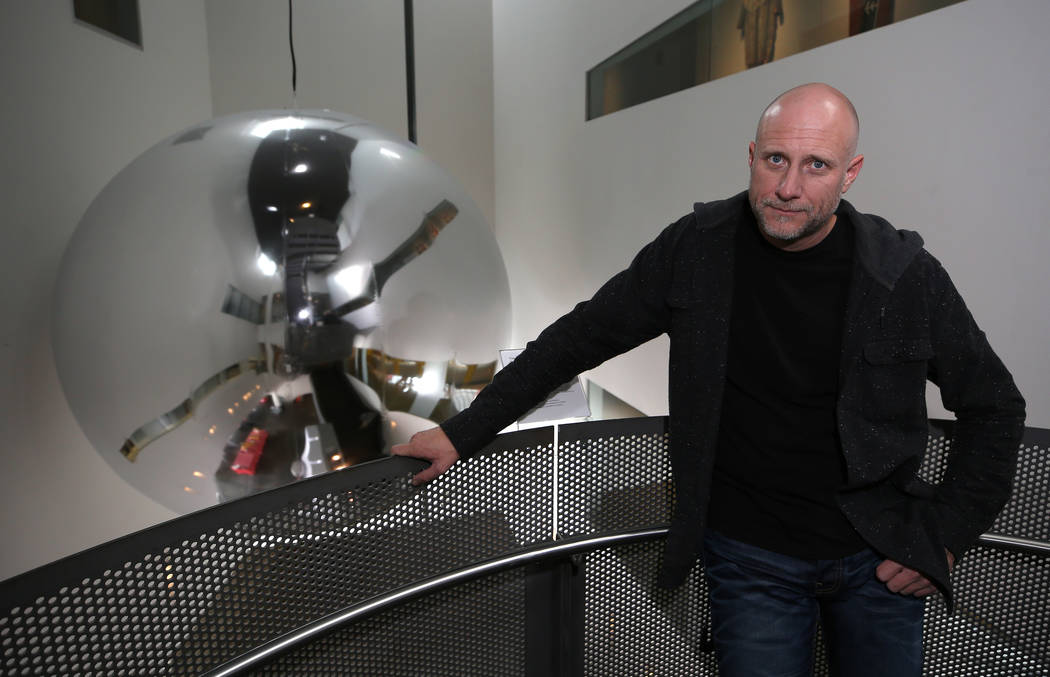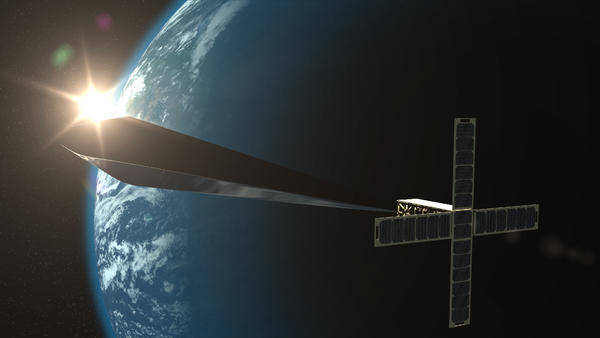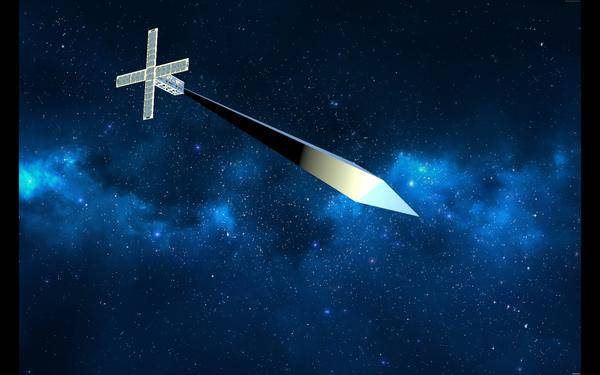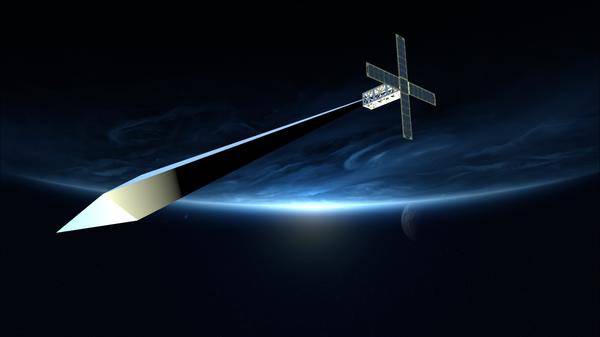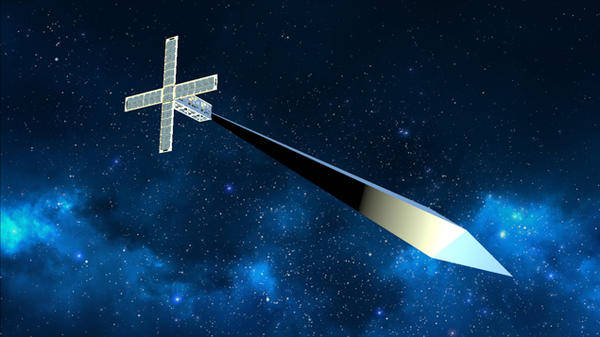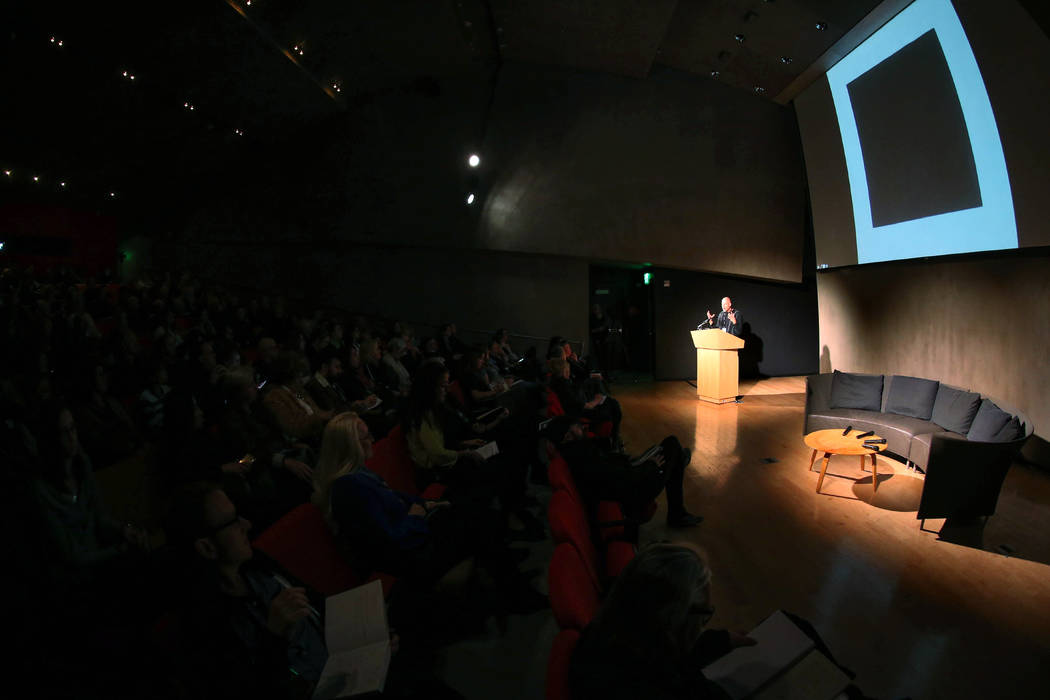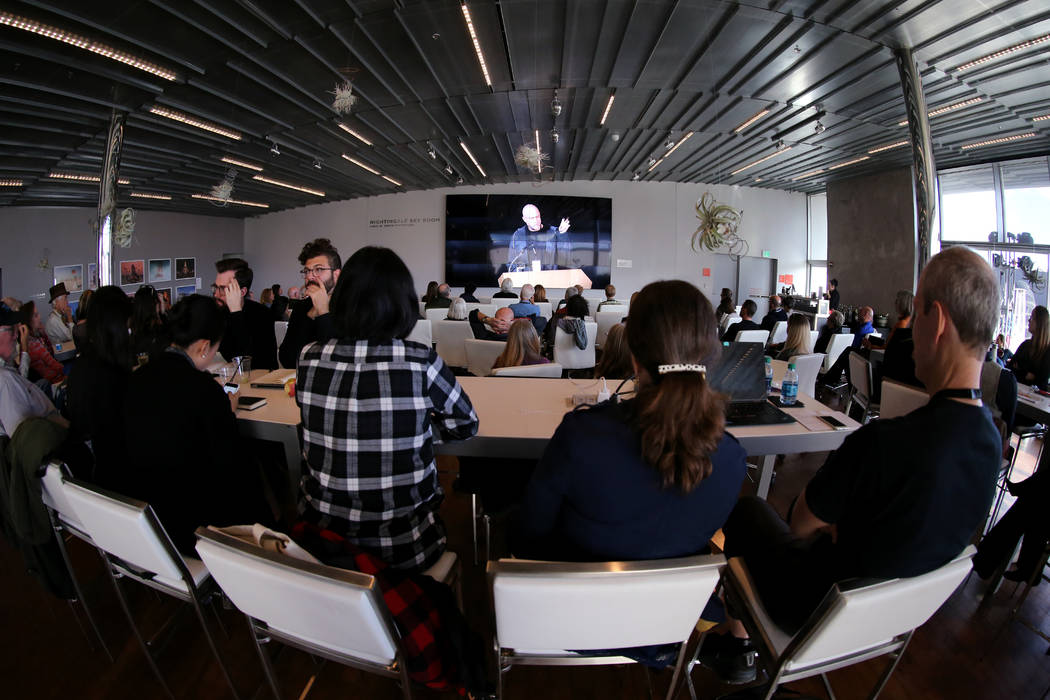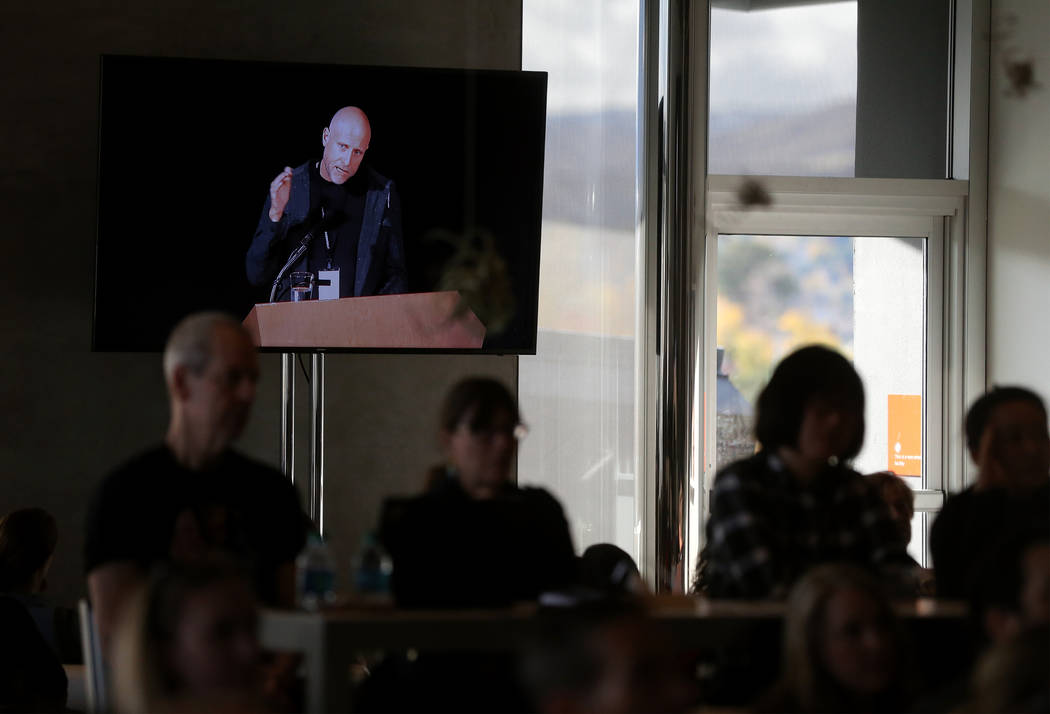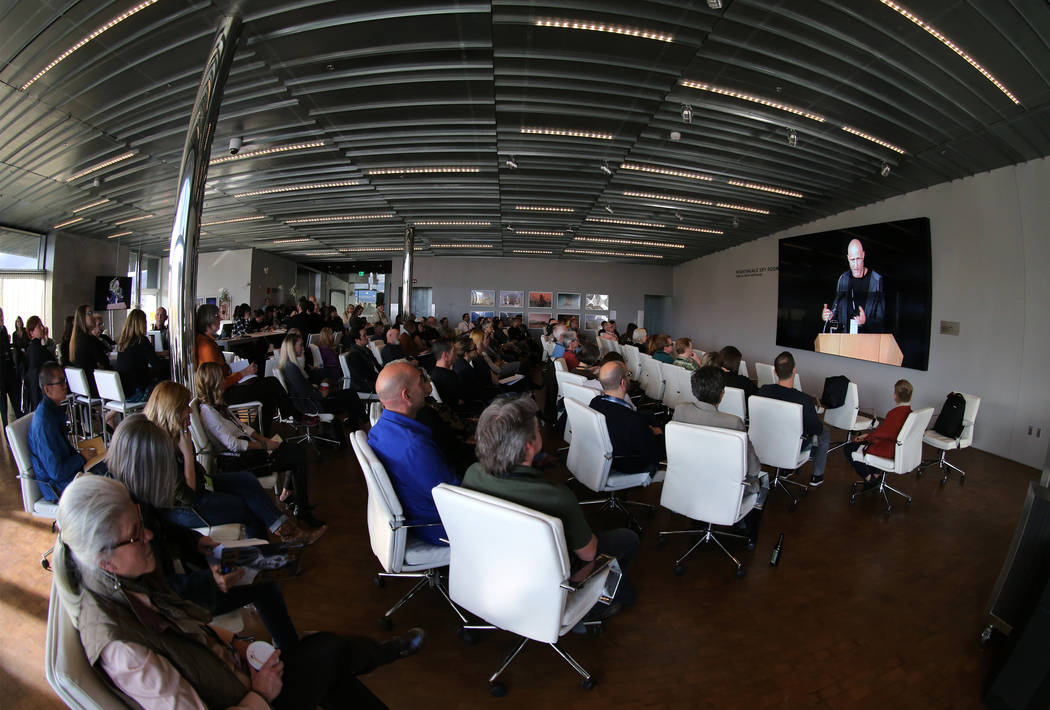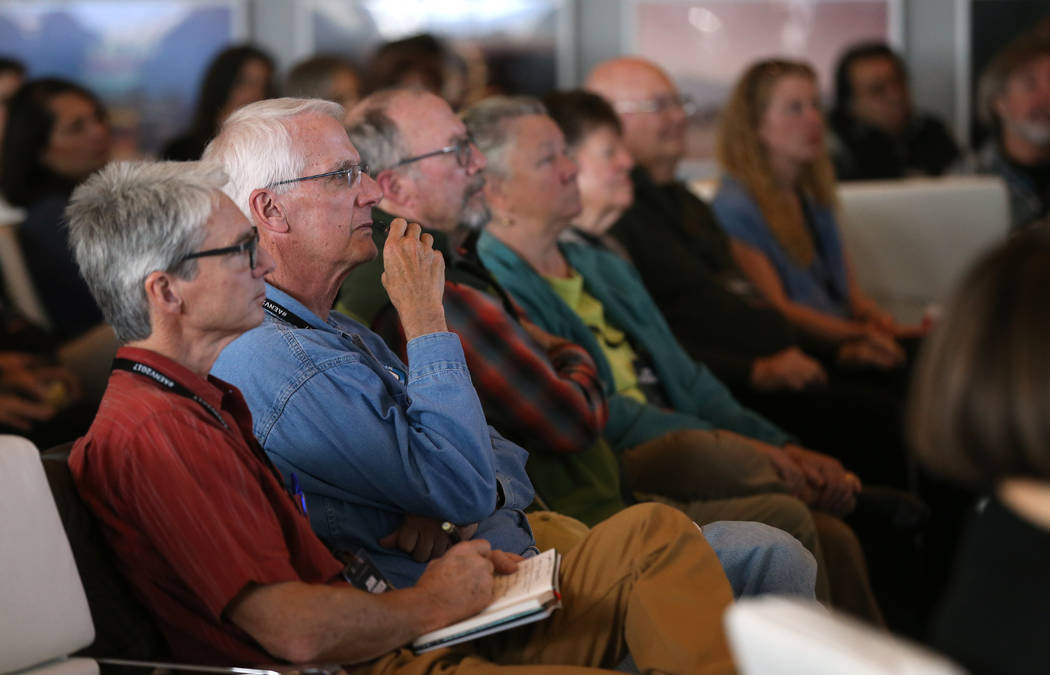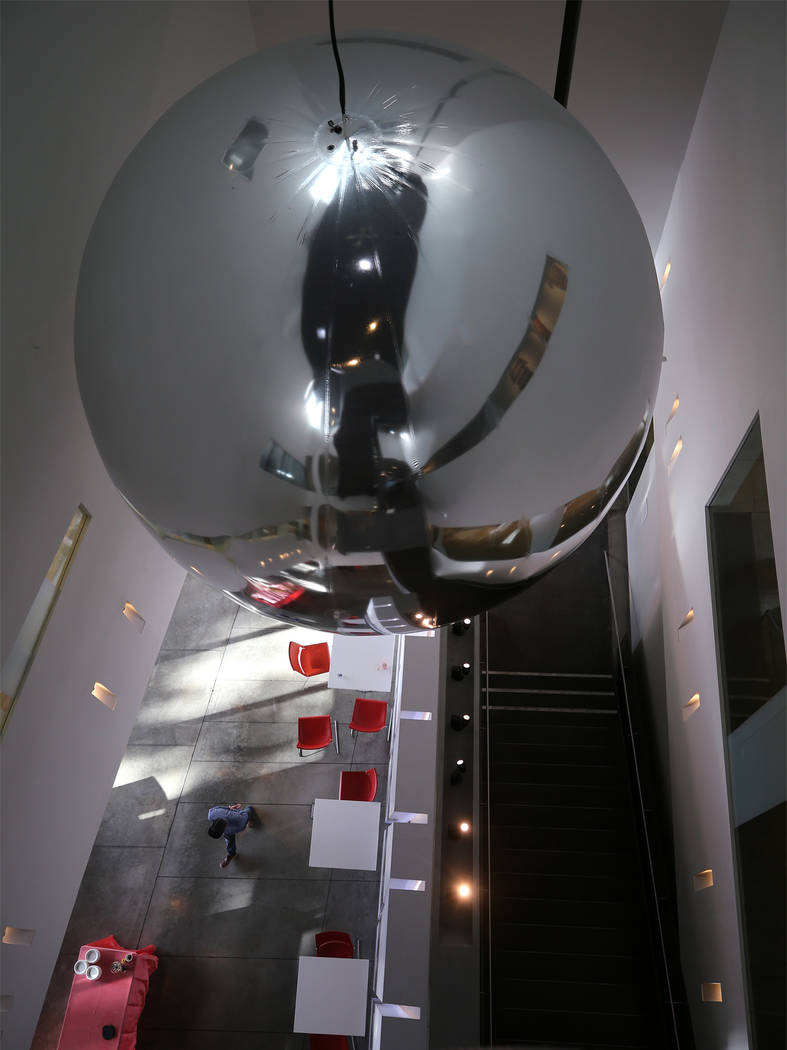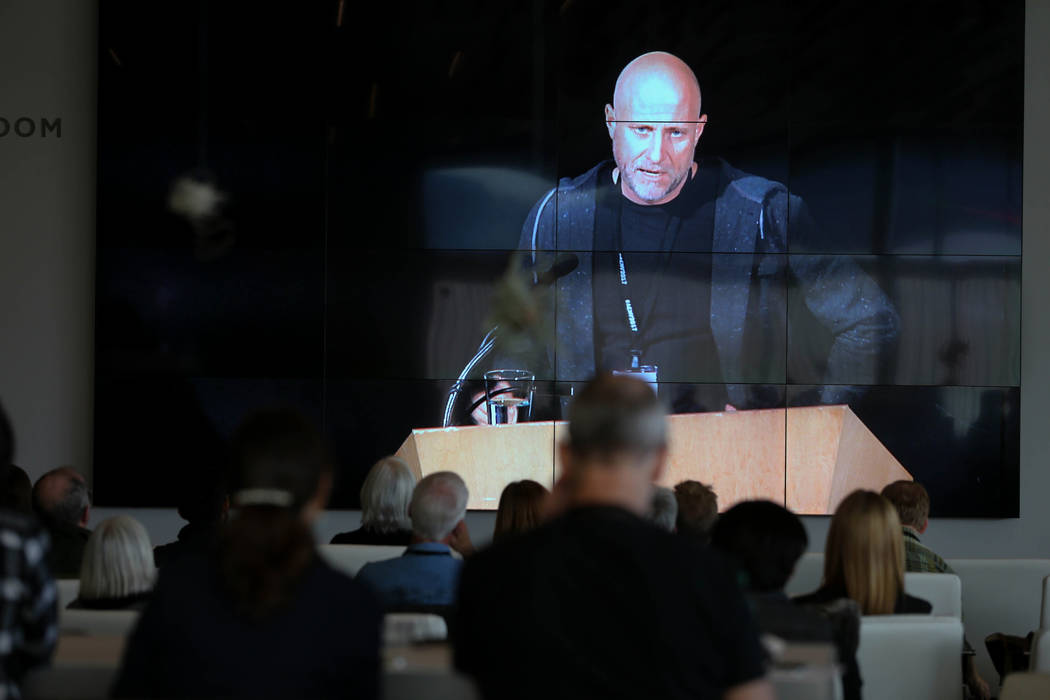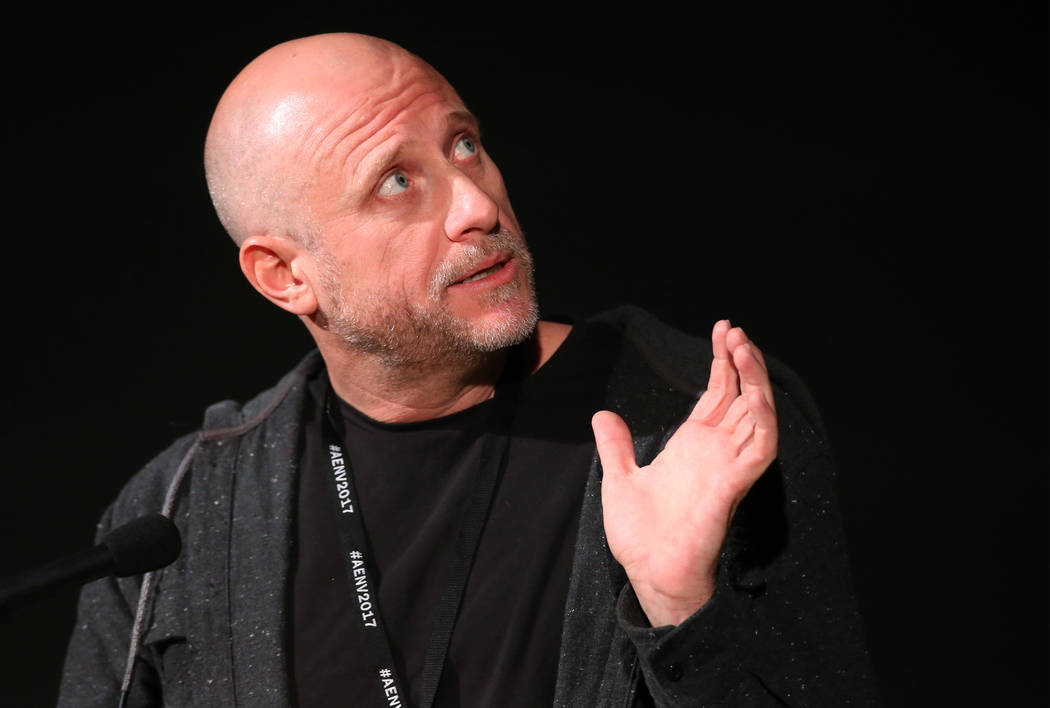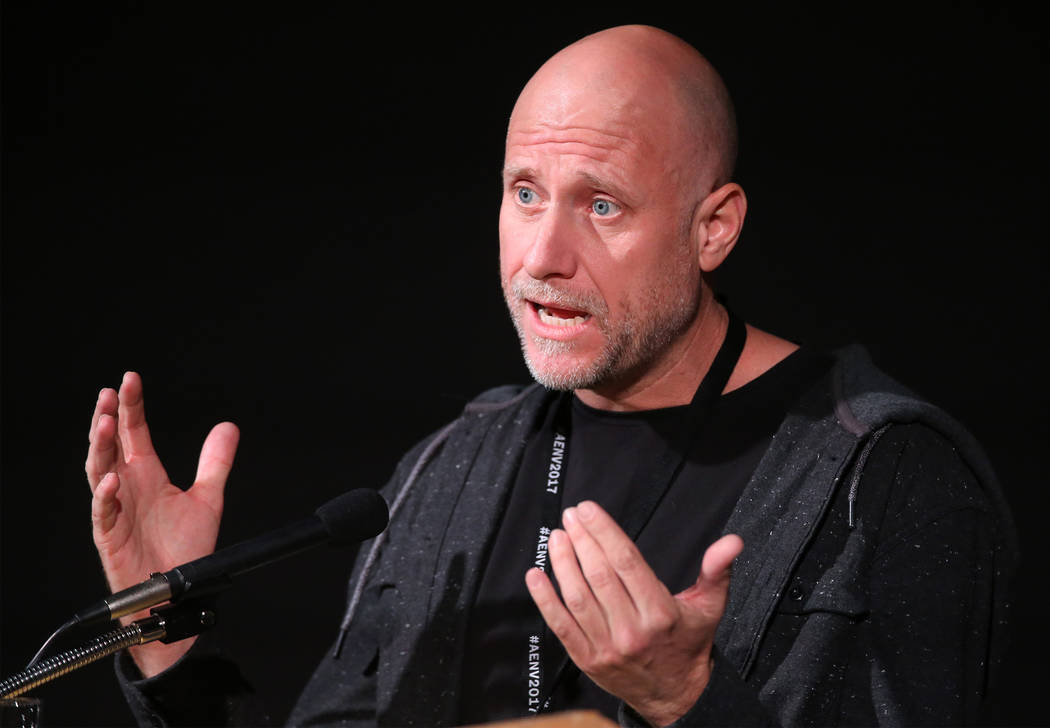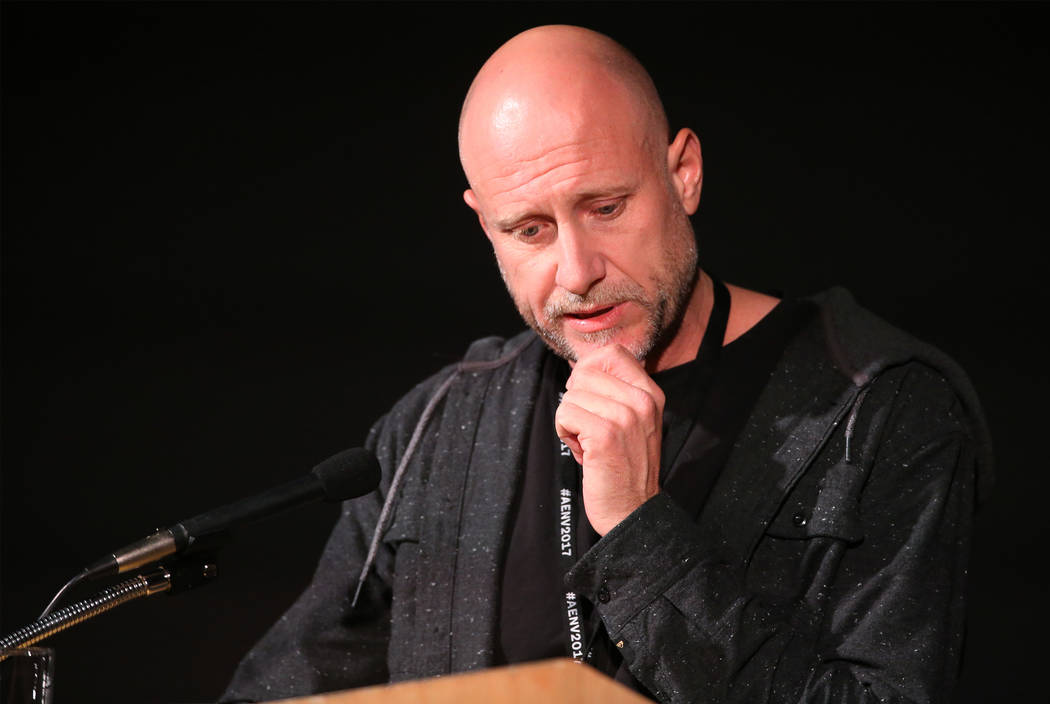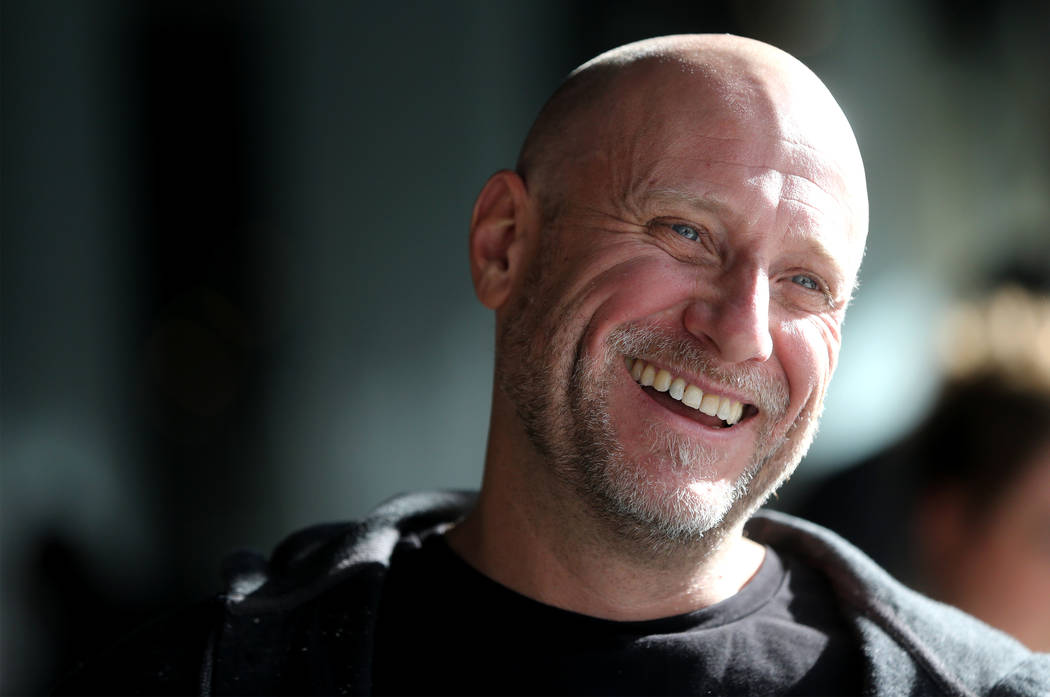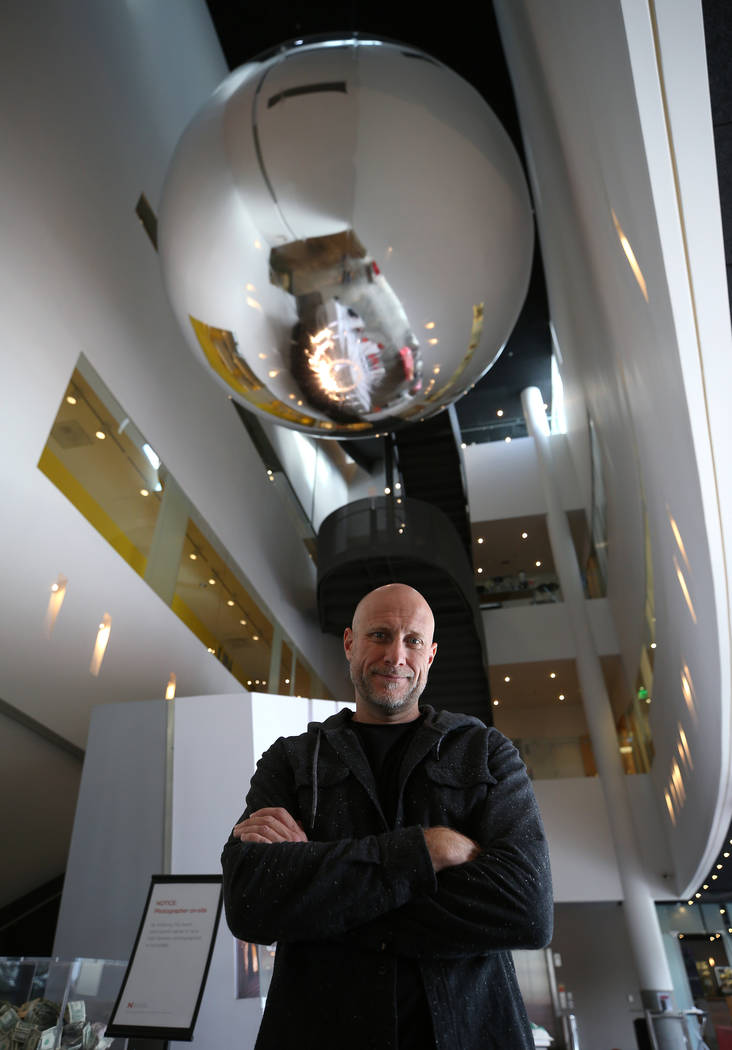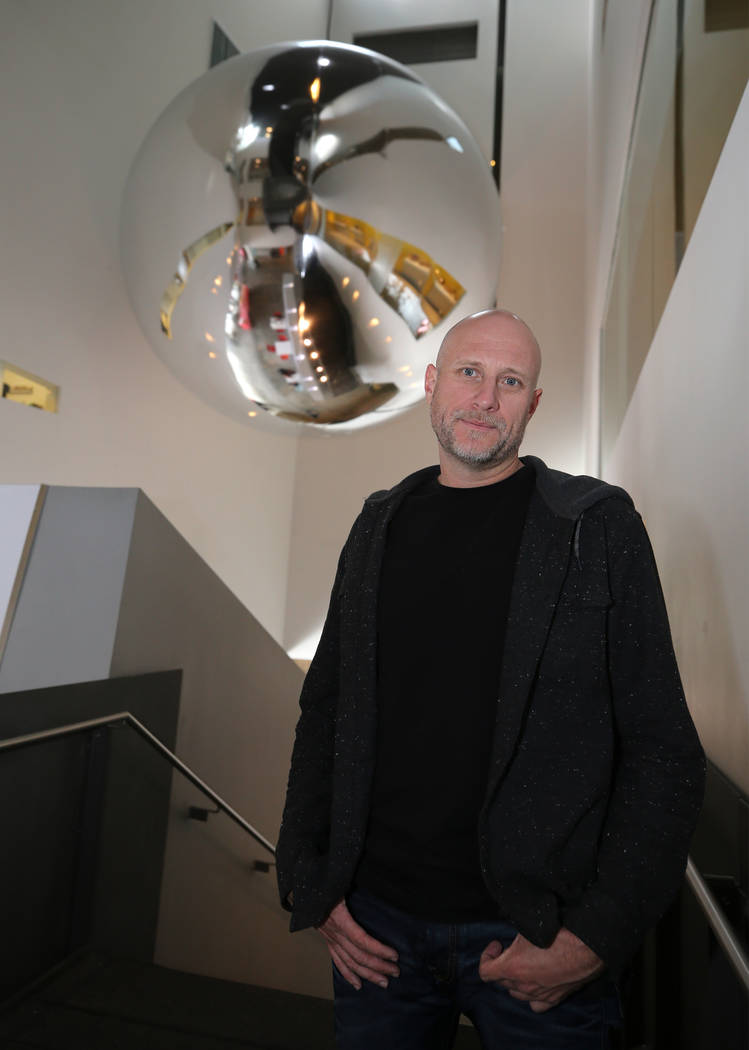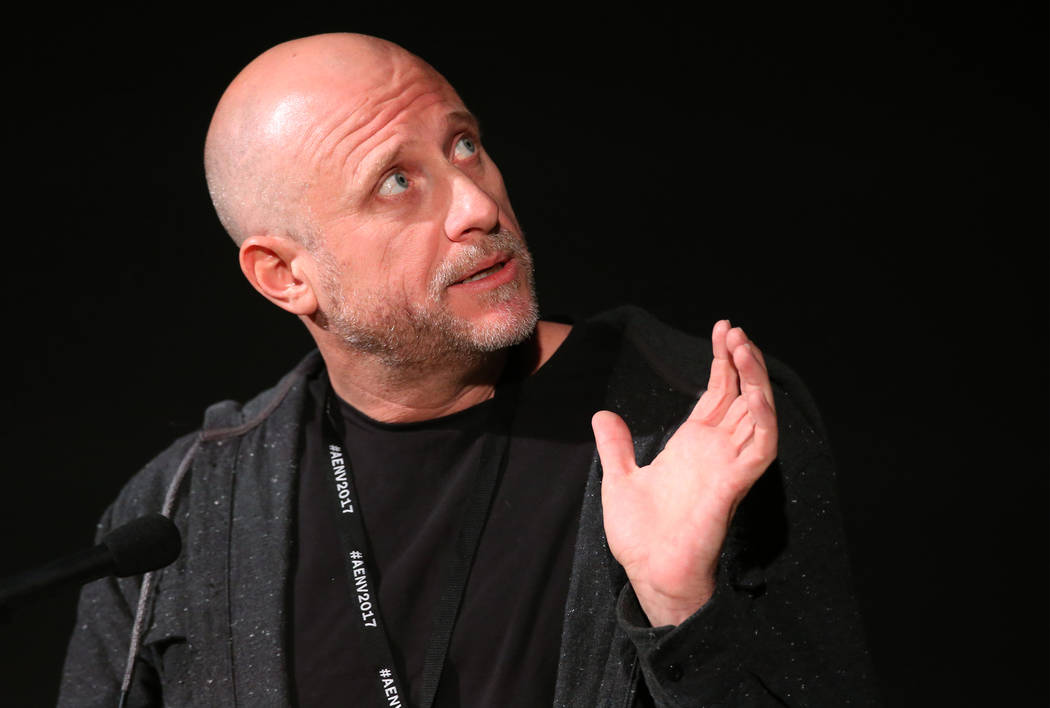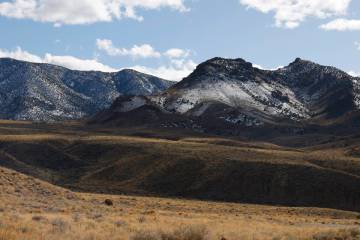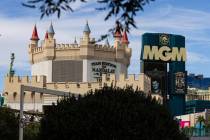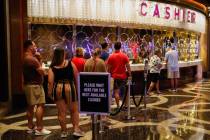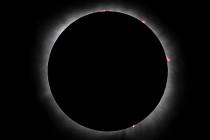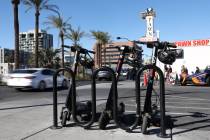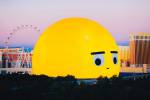Artist, Nevada museum to launch ‘artificial star’ into space — VIDEO
“When we look up into the starry night sky, we tend to see reflections of ourselves.”— Trevor Paglen
Where does the heart of an artist lie? Atop 1.7 million pounds of fiery thrust, galloping toward — then beyond — the speed of sound.
“This is making a piece of abstract art on a rocket. By doing that you encourage people to look at it and think about the heavens,” says artist Trevor Paglen, 43, whose cosmic creation titled Orbital Reflector — a diamond-shaped sculpture that will reflect the rays of the sun and be visible to we earthlings planet-wide like a twinkling star — is scheduled to be launched into low-Earth orbit next year, sponsored by Reno’s Nevada Museum of Art.
Prepare to behold the world’s — and as far as we know, the universe’s — first space sculpture, imagined and realized by a conceptual artist who received a 2017 MacArthur Foundation fellowship (known as a “genius grant”) and whose body of work will be featured next summer at the Smithsonian Institution.
“We thought it was a risky and super-exciting proposition,” says David Walker, executive director of the museum, which is helping raise funding for the $1.3 million project and will archive it in its entirety for patrons and scholars in its Center for Art + Environment. “We love artists who are stretching the boundaries, changing the game, engaging the larger public and operating outside the institutional gallery walls of museums.”
Purely an art project
“The object is to make something that is just an aesthetic object,” says Paglen, whose artistic focus has often addressed mass surveillance, data collectiown, and most notably, how human beings have transformed the Earth’s surface, and how that has affected us as a species, his work rooted in his expertise as a geographer, as well.
“Historically, spaceflight has been parallel with the history of warfare in that the first satellite, Sputnik (launched by the Soviet Union in 1957, inaugurating the space age), was on an ICBM and was widely understood as a demonstrator to deliver nuclear missiles across the planet. We’re trying to build a satellite that has no military function, no commercial function, no scientific function. Space can be a wonderful mirror to see ourselves through different eyes.”
Perched on a SpaceX Falcon 9 rocket that will blast off from California’s Vandenberg Air Force Base (tentatively next spring), the Orbital Reflector is made of a mylar-like substance.
“It’s very thin and light,” Paglen says. “It feels like the kind of plastic you would get from the dry cleaners.”
Once the Falcon 9 reaches orbital flight, Paglen’s astro-art will be ejected and inflated, to circle the globe every 180 minutes for about two months in a gradual descent, until the Earth’s atmosphere burns it into an artistic-scientific memory. Originally conceived as spherical — a prototype of which hangs from the ceiling of the museum in Reno — the sculpture was reconceived by Paglen as a diamond shape when he was advised that it was more efficient to reflect sunlight.
“You have to have a background in art, but you also have to learn about orbital mechanics and engineering,” says Paglen. “It’s fun in that sense because you are using different tools to create art. You’re using astrophysical phenomena.”
‘A global event’
Likewise, the scientific brains on this effort appreciate dabbling in the aesthetic aspect. “Being artistic, it’s a lot cooler than a lot of satellites, and it’s refreshing that in our uptight kind of way, we can sort of let our hair down on this,” says aerospace engineer Mark Caviezel of project contractor Global Western, which is constructing the small satellite, called a CubeSat, that will deploy the reflector. “The artist will hopefully make it into a global event where people can look at it and experience the wonderment of space and satellites. It’s different than anything I’ve ever worked on.”
Fully illuminated by the sun, the sculpture’s reflective coating is expected to light up the night sky between evening and morning twilight. Witnessing the cosmic diamond on its laps around the world will be aided by a website and an app, into which typing a location will yield the optimal viewing times in any given area.
“Trevor is a very deep thinker, and with all the commotion in the world, it is such a beautiful idea. Fruit for the inquisitive mind is desperately needed now,” says project manager Zia Oboodiyat, a retired engineer who coordinates the artistic and technical aspects of the collaboration. “You don’t have to be white or rich or from America or Christian or Jew to see this. Every human on Earth has the opportunity to see this. It is light in the philosophical sense, a source of hope.”
‘Sense of wonder’
Inspiration for Orbital Reflector, Paglen says, is traceable to Echo 1 and 2, NASA’s earliest, mylar-constructed communication satellites launched in the early 1960s. “I’ve talked to so many astronomers from that era who saw it in the sky, it was so bright. That sense of wonder was interesting to me as an artist, thinking about the moments of wonder that we have in life,” says Paglen, whose previous space project, “The Last Pictures” — a collection of images shot into orbit that chronicled changes humans have made to Earth — was launched in 2012, destined to circle the world forever.
“We humans have always looked to the sky as a sounding board for asking big questions about ourselves: Who are we? Where did we come from? Where are we going?” Paglen says. “This was as true of the Babylonians analyzing the constellations as much as it is now with the Hubble space telescope. This creates a gesture that allows people to think about our relationship with the planet.”
Forgive the galactically mixed sci-fi metaphor, but just a short time from now, on a canvas far, far away, an artistic creation will go where no artistic creation has gone before.
About the artist
Age: 43
■ Born: Maryland
■ Current residence: Berlin, Germany
■ Education: Bachelor’s degree, 1998, University of California at Berkeley; Master of fine arts, 2002, School of the Art Institute of Chicago; Ph.D, 2008, geography, U.C. Berkeley
■ Books: “Torture Taxi” (2006), about the CIA’s rendition program; “I Could Tell You but Then You Would Have to be Destroyed by Me” (2007), about top-secret “black projects”; “Blank Spots on the Map: The Dark Geography of the Pentagon’s Secret World” (2009), about secrecy in the United States.
■ Quotes: “Perhaps someday in the distant future, dinosaurs may once again rule the Earth. If they ever learn to watch the stars, then maybe they will find our ruins in the sky.”
“The dead spacecraft in orbit have become a permanent fixture around our planet, not unlike the rings of Saturn. They will be the longest-lasting artifacts of human civilization, quietly circling the Earth until the sun turns into a red giant, about 5 billion years from now.”
Contact Steve Bornfeld at sbornfeld@reviewjournal.com. Follow @sborn1 on Twitter.



